I have already checked post1, post2, post3 and post4 but didn't help.
I have a data about a specific plant including two variables called "Age" and "Height". The correlation between them is non-linear.
 To fit a model, one solution I assume is as follows:
To fit a model, one solution I assume is as follows:
If the non-linear function is

then we can bring in a new variable k where

so we have changed the first non-linear function into a multilinear regression one. Based on this, I have the following code:
data['K'] = data["Age"].pow(2)
x = data[["Age", "K"]]
y = data["Height"]
model = LinearRegression().fit(x, y)
print(model.score(x, y)) # = 0.9908571840250205
- Am I doing correctly?
- How to do with cubic and exponential functions?
Thanks.
